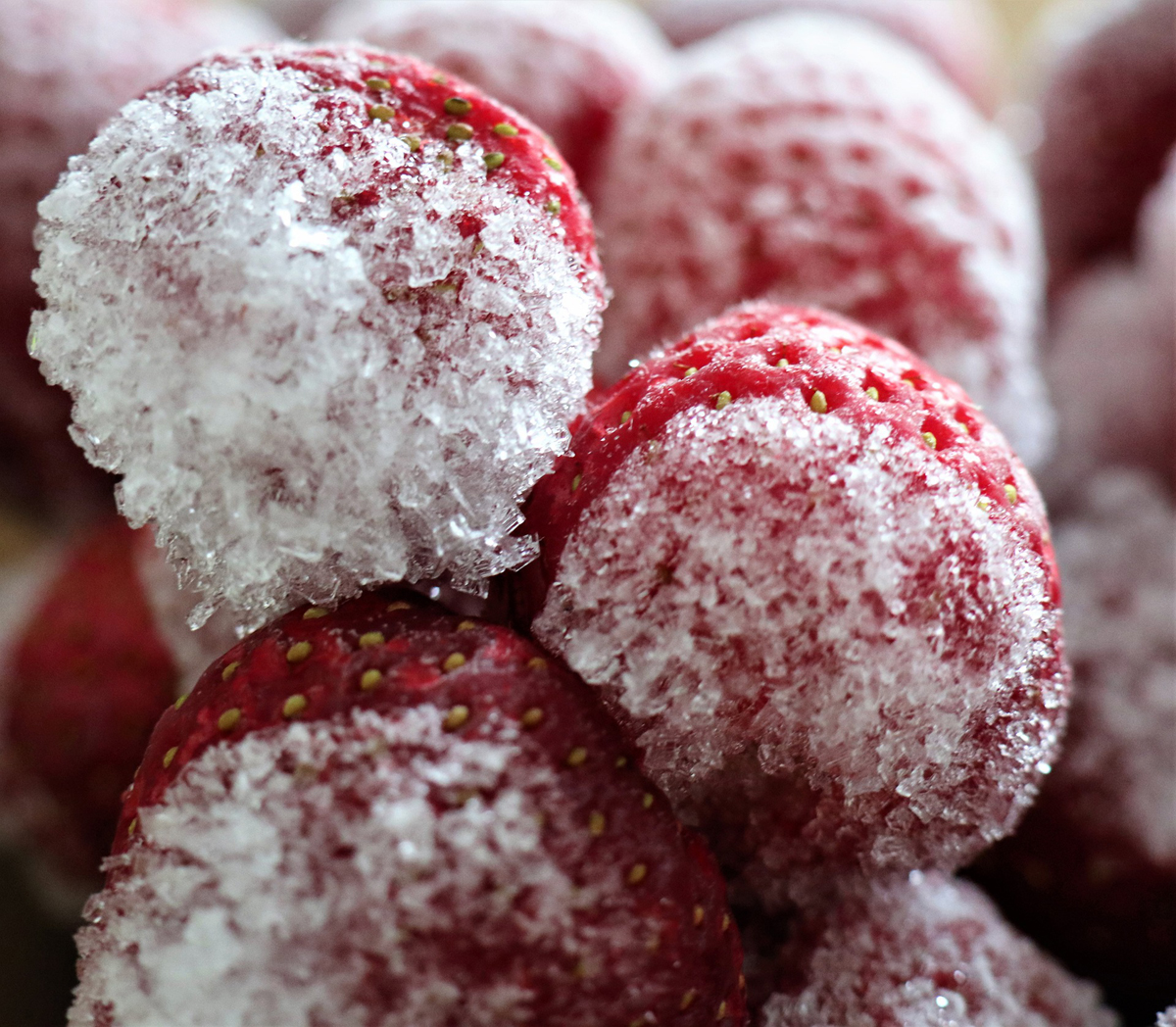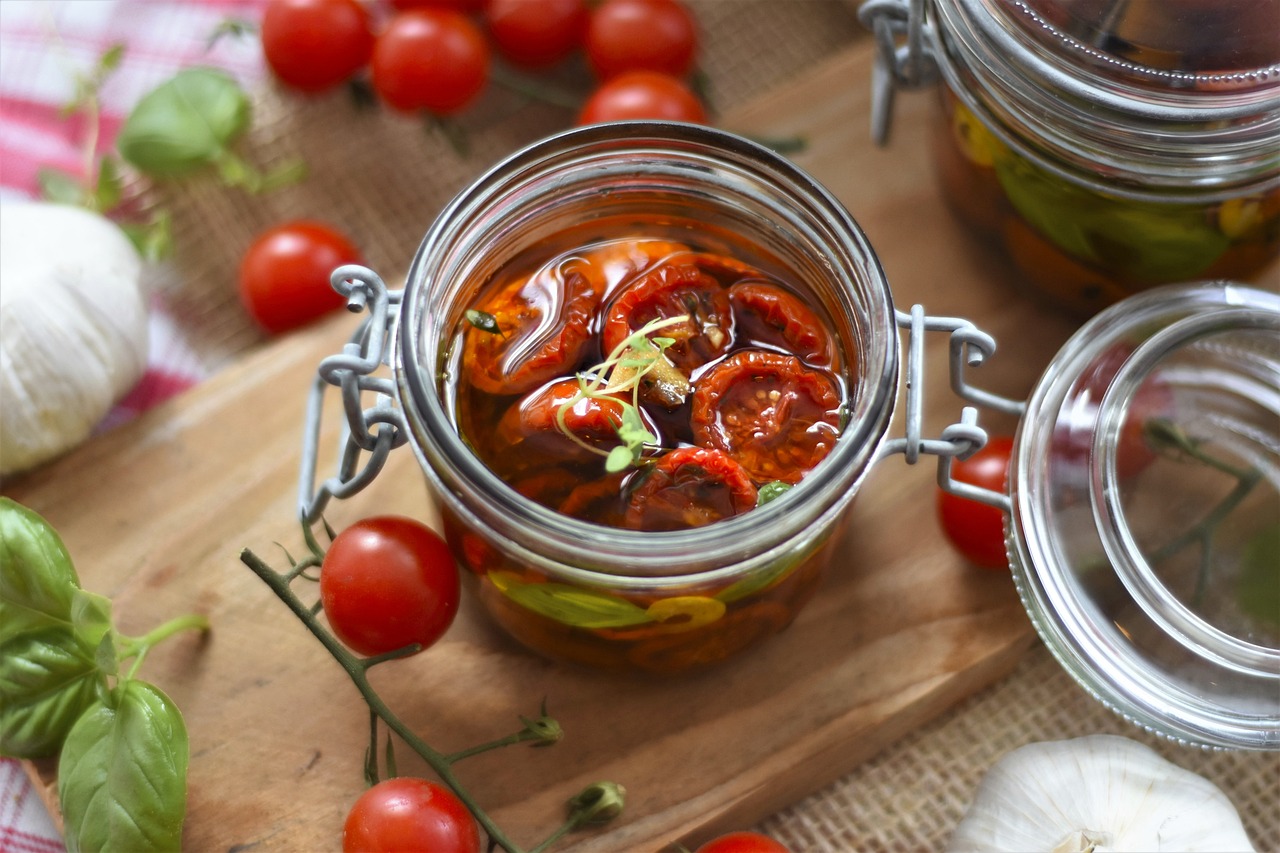Freezing Fruit

Preserving fruit by deep freezing is easy and very convenient because fruit can be frozen raw and eaten raw all the year round. Raw fruits which are low in acid content need treating before freezing to prevent discoloration on thawing. To help you identify high or low acid type fruits I have prepared and listed below:
Low Acid Fruits
Raw fruits low in natural acid tends to discolor and go brown once cut. To prevent discoloration I recommend adding ascorbic acid, because it is nature’s vitamin C and so we add a vitamin to the fruit.
The low acid fruits listed below should be cored, stoned and peeled (where applicable). Place fruits into acid solution, 1½ teaspoons of ascorbic acid powder to 2 pints of ice cold water. Soak for approximately 5 minutes. Drain and use either the raw fruit sugar method or the raw fruit syrup method for freezing.
Apples, apricots, avocados, bananas, cherries (sweet), nectarines, peaches, plums, pears, persimmons and quinces.
High Acid Fruits
Raw fruits high in acid content freeze particularly well, and do not require soaking in ascorbic acid before freezing, as they contain enough of their own acid to prevent discoloration on thawing.
The high acid fruits listed below can be frozen using the dry raw fruit sugar method, the raw fruit sugar method or the raw fruit syrup method. Prepare fruit as for eating ie. Peel, core or stone (where applicable). Wash berries in ice cold water, drain and dry in a clean tea towel before freezing in one of the above mentioned methods. Red and black currants are excellent frozen in the dry raw fruit method ready for making jam or pies all the year round.
Blackberries, boysenberries, cherries (sour), raspberries, strawberries, rhubarb, grapefruits, oranges, gooseberries, guavas, melon, papaya, pineapple, plums, red and black currants, passion fruit and lemon juice.
Dry Raw Fruit Method
Wash fresh ripe fruit in ice cold water, drain and dry carefully. Prepare as for eating. Peel, core, or stone (where applicable). Place meal or pie-size quantities into good quality plastic or polythene bags, pat gently into a flat pack shape. Remove the air with a vacuum pump, seal with a wire twist. Alternatively, use the free flow method of packaging. To thaw, simply thaw in a refrigerator and serve chilled or use without thawing in all types of cooking.
Raw Fruit Sugar Method
Wash fresh ripe fruit in ice cold water, drain and dry carefully. Prepare as for eating. Peel, core or stone (where applicable). Use a good sized bowl and 2-3 oz of castor sugar to 1 lb of fruit. Prepare 1 lb or 2 lb lots of fruit at one time to prevent unnecessary crushing. Place fruit into bowl and sprinkle with sugar, shake bowl gently from side to side to distribute the sugar. Guard against adding to much sugar as excess will not freeze. Should extra sweetening be required it can be added after thawing. I recommend the flat pack method of packaging sugared fruits in meal-sized quantities or use any of the special plastic or wax coated containers with tightly fitting lids to seal, label and freeze. To thaw in refrigerator for 9-10 hours and serve chilled.
Raw Fruit Syrup Method
Prepare sugar syrup, approximately 2 cups water to 1 cup sugar, and leave to cool completely. Dissolve 1¼ teaspoons ascorbic acid powder in every 2 pints of cold syrup. Now wash fresh ripe fruit in ice cold water, drain and dry well. Prepare as for eating. Peel, core or stone (where applicable). Add fruit to syrup, leave to stand for 5 minutes then package in meal size quantities. Plastic or waxed containers with tightly fitting lids are ideal. Remember to leave approximately 1 inch head room for liquid to expand. Seal carefully, label and freeze. To thaw, simply thaw in unopened container in a refrigerator, serve chilled.
Cooked Fruit
Cooked fruit can also be frozen as a means of preserving. Caution on three points:
1. Do not overcook fruit to be frozen. Remember a freezer has a tenderizing effect on all foods. You will find that half the normal cooking time is ample for fruit which is to be frozen.
2. Wait until fruit is completely cold before packaging and freezing.
3. Remember to leave approximately 1 inch head room in container for expansion.
The Author:
Daphnie is a food lover who has been involved in food industry for 10 years. She learned the easy and simple way cooking style from her mother and grandmother. She prefer to have the home make cooking style instead of outside food.








